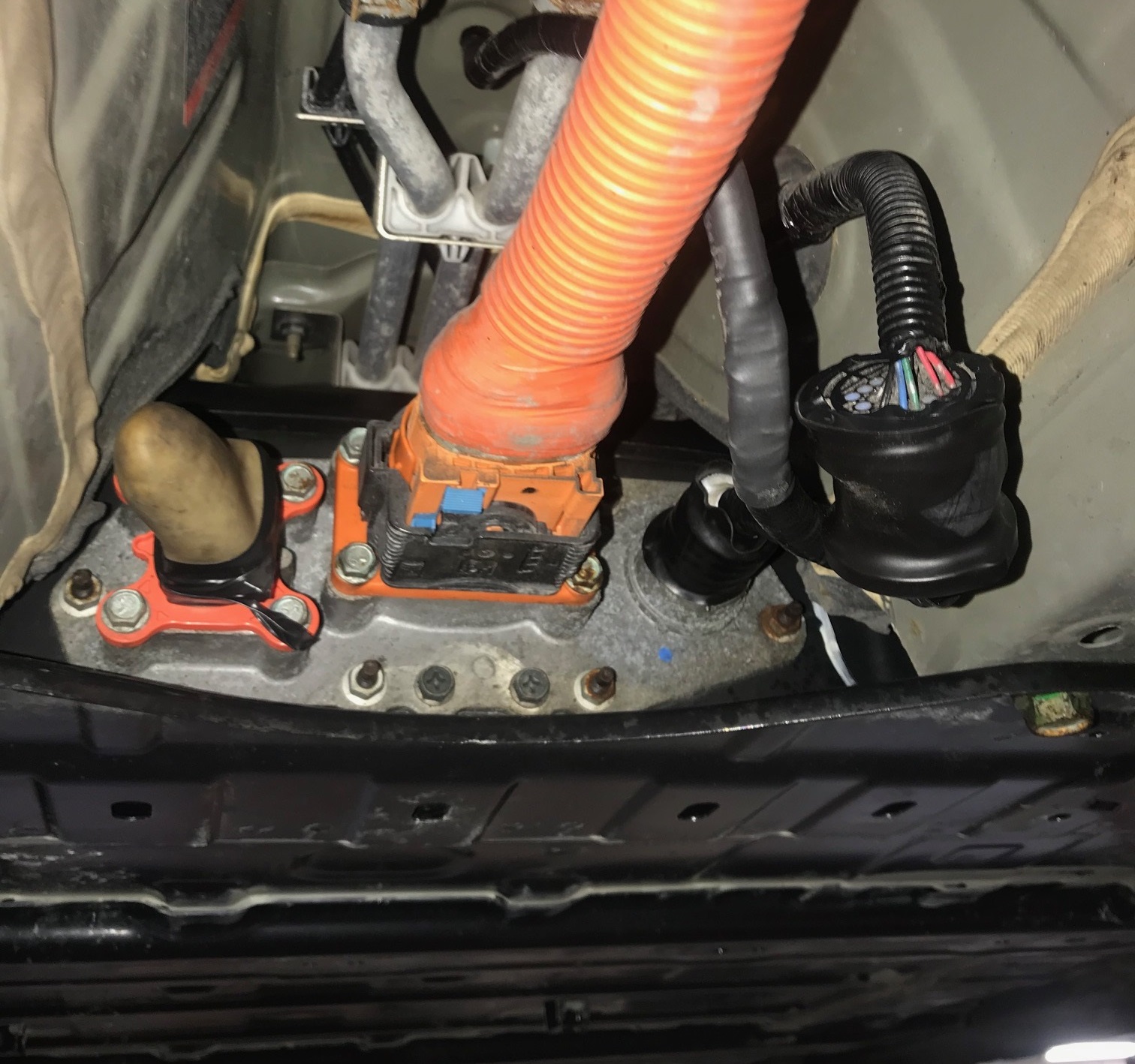It's not really necessary to be particularly big or make lots of money in this business, though. Our mission is to keep the old EV generation driving around - they're mechanically fine, all they need is a few small updates to be usable for another decade. A few hundred customers is all we need to be a profitable business, serve our customers personally and provide a decent product they can enjoy at a reasonable price. That's it. We don't need to be Tesla, we don't even need to be Nissan, we can just be muxsan. With that particular type of scale, some types of development are just out of the question.
And this isn't new by any stretch of the imagination. We're on an industrial estate with literally dozens of custom car shops, serving maybe a dozen customers a year with their weird and wonderful requests. This is just car modding, it's a niche.
The companies that attempt to make a reworked battery are doomed, in my opinion. Not because it's a technically bad approach, but because you just can't get to the kind of scale that makes this affordable for people to consider. Blue cars and Phoenix have tried, with hundreds of thousands of dollars of subsidies, to make a replacement battery and made maybe one or two prototypes. Prototypes that are essentially unsellable because they don't solve the core issue (the thermal management - they have practically none either) and they need to make thousands to get even the steel shell down to the price we sell our entire batteries for, let alone to get a decent battery contract. Keep in mind that even at full production, we only use about 20MWh of batteries per year. Samsung SDI won't even talk to us at that volume. ETC gives us **** prices.
And even then, if you can find 10.000 interested Leaf owners worldwide, you still have to homologate the battery in all those countries, a process that takes years and needs active involvement of Nissan, a company that on multiple occasions has explicitly said they will not support this car anymore for even the most minor of modifications like tow bars or roof racks. You'll be well into 2022 if you started this process now.
I've said this before on this forum: there is a lot of theorizing and wishful thinking in the EV community that someday, maybe, somebody will come around and make their fantasy a reality. Their technically perfect product, maybe even their hare-brained idea, could just work if only a large company would invest the time and money into it that it deserves. Battery trailers, trunk batteries, extra chargers, boattails, we've all seen the projects and ideas repeated a dozen times. It has been 9 years since the first Leafs came out. Where are all these companies making these great products at scale at an affordable price? Maybe, just maybe, these are actually niche products best served by niche companies.

